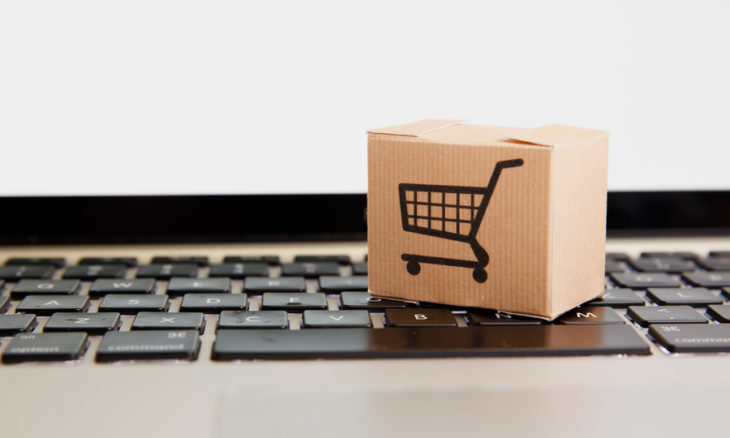If you’re a B2B marketer, especially a services provider, your environment is about to be upended. Customers are changing, and so are the ways they buy. I’ve been struck recently by five glaring developments in business buying that you need to know about. And once you know, you must consider how to adapt and, better yet, turn the changes to your advantage. Consider these.
- The arrival of Millennials in business buying positions. These 30-somethings are rapidly migrating from researcher and specifier, into decision-making roles. I’ve written about this before, offering ideas for how marketers can cope. But I also see this development as part of a larger trend and has deep implications for how we need to be selling and marketing today.
- Use of ratings and reviews sites in B2B. Comparison sites in the mold of TripAdvisor and Yelp have entered the B2B buying process, especially in crowded categories like software and services. You’ll find ratings sites like TrustRadius, Capterra (now owned by Gartner), Clutch.co and G2Crowd, where users leave product reviews—and sellers quake in their boots. Here are some tips for how marketers can take advantage of this new channel.
- Expanded customer requirements for compliance. Long prevalent in government buying, companies of all sizes are increasing their requirements of vendors in areas such as sustainability, diversity and—for manufacturers in such categories as apparel—wages, working conditions and safety. Christine Crandell brought this to my attention recently, with examples like Marriott embracing the UN 17 Sustainable Development Goals 2030 as a source of competitive differentiation, and how event planners are routinely making venue carbon footprints and greenhouse gas emissions an evaluating criterion in property selection.
- Buyers are bringing their consumer expectations with them to work. They want fast, personalized service, pricing transparency, ease of use, a human face, seamless integration across contact channels, and mobile access. We know this, but are we stepping up?
- Enterprise buying platforms mature. B2B buying has long been enabled by EDI, supplier exchanges and e-procurement. But the pace is accelerating, fast. A new entrant is Globality’s platform that helps large enterprises buy services. According to Kathy Chin Makranyi, head of corporate marketing, Globality’s founders recognized that services procurement is inefficient, and ripe for change. So, they set up an AI-enabled platform that manages the entire buying process, enabling buyers to write the RFP, identify a short list of candidates—even inviting incumbents to participate, conduct the bidding process, hire for and manage the project, and handle the billing. Globality has vetted and recruited over 17,000 services providers to the platform, giving enterprises access to entirely new potential vendors. And they save both time and money in managing the competitive bidding process. “It’s a marketplace between the global 500 and a network of worldwide providers. The big services firms, the McKinseys, KPMGs, and Accentures will play, too, because it makes their sales cycles faster and easier. If you go with the incumbent, you’ve confirmed they are the best choice. Sourcing team can learn and validate their work. And a provider who lost can find out ways to improve next time,” explains Makranyi. Calling all consultants, accountants, lawyers, agencies—here’s your chance to compete on a level playing field for enterprise accounts.






